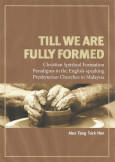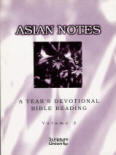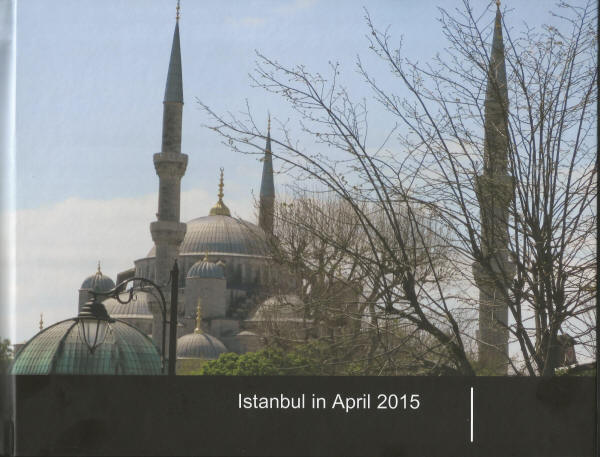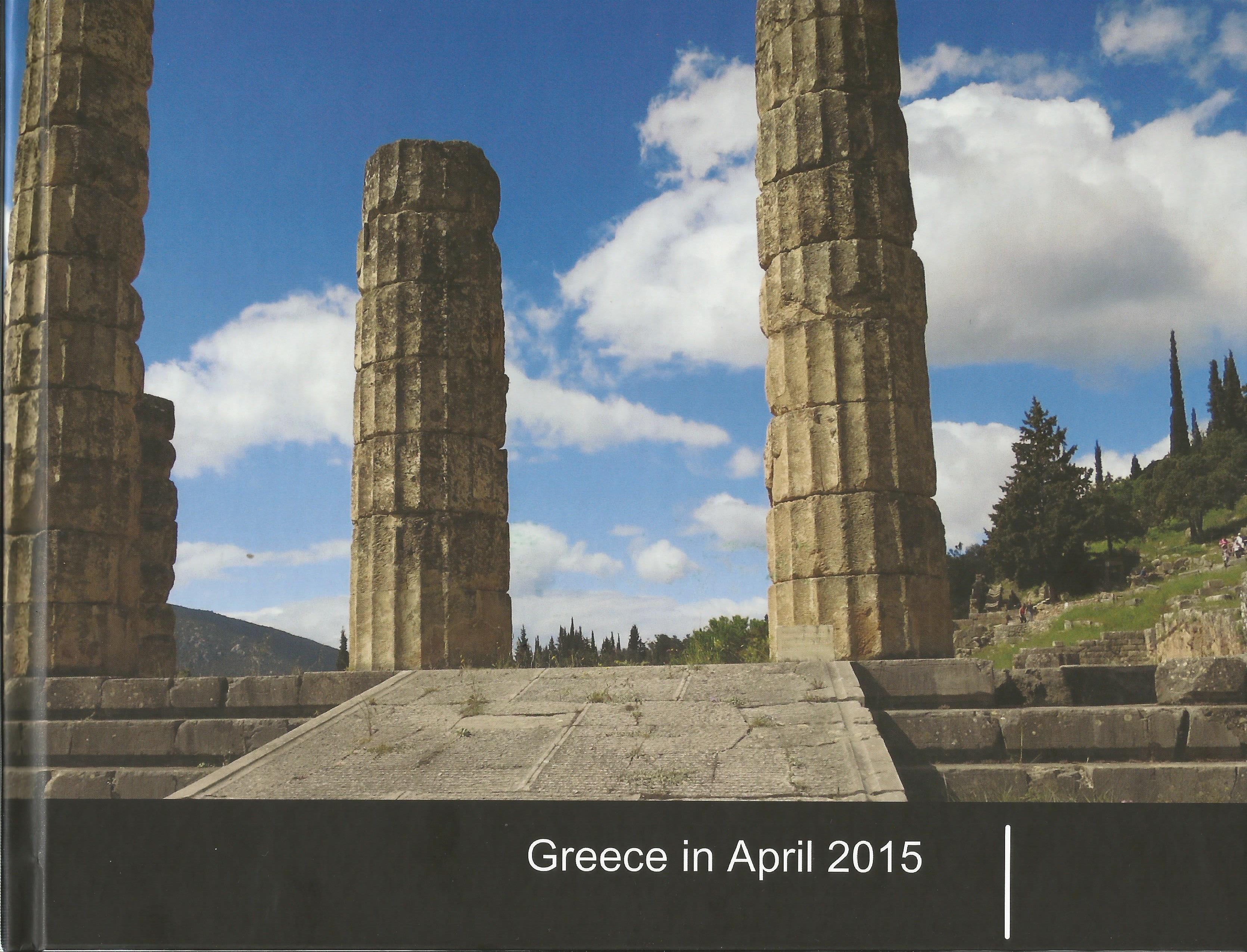Spiritual Formation as Restoring the Image of God
 God created the present creation in six days and on the seventh day he rested (Gen.1:1-2:1). He made man and woman in his own image, the imago dei (Gen.1:26-27). Theologian Anthony Hoekema in his exhaustive study of the image of God discerned two aspects; a functional aspect as “involving man in his threefold relationship – to God, to others, and to nature” (1986, 75-82), and a structural aspect as moving from the “original image” to the “the perverted image” after the Fall, and the “the renewed image”, to “the perfected image” in God’s redemptive work (1986, 82-96).
God created the present creation in six days and on the seventh day he rested (Gen.1:1-2:1). He made man and woman in his own image, the imago dei (Gen.1:26-27). Theologian Anthony Hoekema in his exhaustive study of the image of God discerned two aspects; a functional aspect as “involving man in his threefold relationship – to God, to others, and to nature” (1986, 75-82), and a structural aspect as moving from the “original image” to the “the perverted image” after the Fall, and the “the renewed image”, to “the perfected image” in God’s redemptive work (1986, 82-96).Man and woman are created for a relationship with God (Gen.3:8-9). Unfortunately the man and woman disobeyed him, and fell, distorting his perfect creation in what is known as the “original sin” or Fall resulting in Hoekema’s “perverted image”(Gen.3:1-24). There is also a break in the threefold functioning relationship with God, others and nature. Theologian Demarest presents this as historical fact while others like Karl Barth and Emil Brunner argues that the fall is not historical but “saga or legend” (Demarest 1984,405). It is beyond the scope of this post to examine in depth this theological topic. As theologian Henri Blocher has noted, “the controversies has continued unabated through the centuries” (1997, 15). I am more in agreement with the perspective of Demarest and Blocher.
God sent his Son to redeem fallen human beings by his death on the cross and by his resurrection. Those who receive his Son are restored in union and justified. He sends the Holy Spirit to empower them as they are restored into the image of Christ (renewed image) and as his special people. God the Father wants to work in partnership with his restored human beings in his plan to redeem his whole creation[1]. The end result is the “perfected image” of God for humankind and a new heaven and earth. Hoekema summarises “the purpose of redemption is to restore the image of God in man” (1986, 27).
The restoration of the image of God is not just limited to individual human beings but also involve the Church. This is because all believers are part of the Church which is the body of Christ (Eph. 5:26). The Church is the laos, the special called-out people of God. The restoration of the image of God has a corporate component, or “ecclesiastical aspect” as Hoekema indicates (1986, 89). Approaching from the epistemological rather than anthropological angle, theologian Ian McFarland postulates that in restoring the divine image, one receives more revelation and knowledge of God (McFarland 2005).
There are some connections between the image of God and Christian spiritual formation. First, Christian spiritual formation is the process of restoring the fallen imago dei in each human being so that he or she become more like God. Hoekema notes that “because Christ is the perfect image of God, becoming more like God also means becoming more like Christ” (1986,89). Hence Christian spiritual formation is to restore our fallen nature to become like that of Christ’s or Christlikeness (Gal. 4:19; Rom.8:29; 2 Cor 3:18). It is after being restored that we can be who God has created us to be.
Second, Christian spiritual formation in restoring the image of God is also restoring its functioning as relationship builder. This means restoring our vertical relationship with God, and horizontal relationship with other persons and nature. Christianity is relational because of its characteristic of relationship building. The image of God is also the image of the Trinity. The three persons in the Trinity (Father, Son and Holy Spirit) are in close relationship to one another. When we are restored to the image of God, we are also restored to a relationship to the Triune God. This is because as we restore the image of Christ in us, we are drawn into the Trinitarian relationship through Christ by the power of the Holy Spirit.
Third, Christian spiritual formation in restoring the image of God in individuals has a corporate effect. Individual members of the body of Christ contribute to the body and come to a deeper knowledge of God; and to partake of the nature of God (2 Peter 1:4; 1 Jn. 3:12). As each of us individually restores our divine image, we are also doing so corporately because we are the body of Christ. Therefore, the restoration of the image of God also restores the body of Christ which is the church.
Finally, Christian spiritual formation in restoring the image of God is a cooperative effort between the Holy Spirit and individuals. The Holy Spirit works through Scripture and the means of grace[2] which slowly transforms believers into his likeness. For the believers it may involve making tough choices and sometimes being placed in painful circumstances. Christian spiritual formation is a continuing process of making choices that will result in the restoration of the image of God within us.
Bibliography
Arnold, W. T. (1996). Salvation. Evangelical Dictionary of Biblical Theology. W. A. Elwell. Grand Rapids, MI, Baker Books: 701-703.
Blevins, D. G. (2005). "Renovating Christian Education in the 21st Century: A Wesleyan Contribution." Christian Education Journal: Series 3 2(1): 6-29.
Blocher, H. (1997). Original Sin: Illuminating the Riddle. Downer Drive, IL, InterVarsity Press.
Demarest, B. A. (1984). Fall of Man. Evangelical Dictionary of Theology. W. A. Elwell. Grand Rapids, MI, Baker Books: 403-405.
Erickson, M. J. (1999). ChristianTheology. Grand Rapids, MI, Baker Books.
Hoekema, A. A. (1986). Created in God's Image. Grand Rapids, MI, William B. Eerdmans Publishing Company.
McFarland, I. A. (2005). The Divine Image: Envisioning the Invisible God. Minneapolis, MN, Augsburg Fortress.
White, R. E. O. (1984). Salvation. Evangelical Dictionary of Theology. W. A. Elwell. Grand Rapids, MI, Baker Books: 967-969.
Endnotes
[1] This is a brief outline of God’s great plan of redemption or salvation. See White, R. E. O. (1984). Salvation. Evangelical Dictionary of Theology. W. A. Elwell. Grand Rapids, MI, Baker Books: 967-969. also see Arnold, W. T. (1996). Salvation. Evangelical Dictionary of Biblical Theology. W. A. Elwell. Grand Rapids, MI, baker Books: 701-703. A more detail treatment see Erickson, M. J. (1999). ChristianTheology. Grand Rapids, MI, Baker Books. p.901-1032. These are all from the evangelical view.
[2] Means of grace was coined by John Wesley. Unfortunately Wesley varies his definitions in his various sermons and writing. Basically, he divided means of grace into two groups: acts of piety and acts of mercy. Later, as the Methodist movement matures, he divided the means of grace into instituted and prudential means. Dean Blevins elaborates, “The instituted means are very similar to Wesley’s understanding of ordinances or acts of piety, and include prayer (private, family, and public), searching the Scriptures (by reading, meditating, and hearing), the Lord’s Supper, fasting, and Christian Conference…The prudential means include particular rules, arts of holy living, acts of ministry, and larger attitudes toward daily living listed under the headings of watching, denying ourselves, taking up the cross, and exercising the presence of God.” Blevins, D. G. (2005). "Renovating Christian Education in the 21st Century: A Wesleyan Contribution." Christian Education Journal: Series 3 2(1): 6-29.p.14
.
Labels: Descriptors Spiritual Formation, Spiritual Formation, Theology















0 Comments:
Post a Comment
<< Home